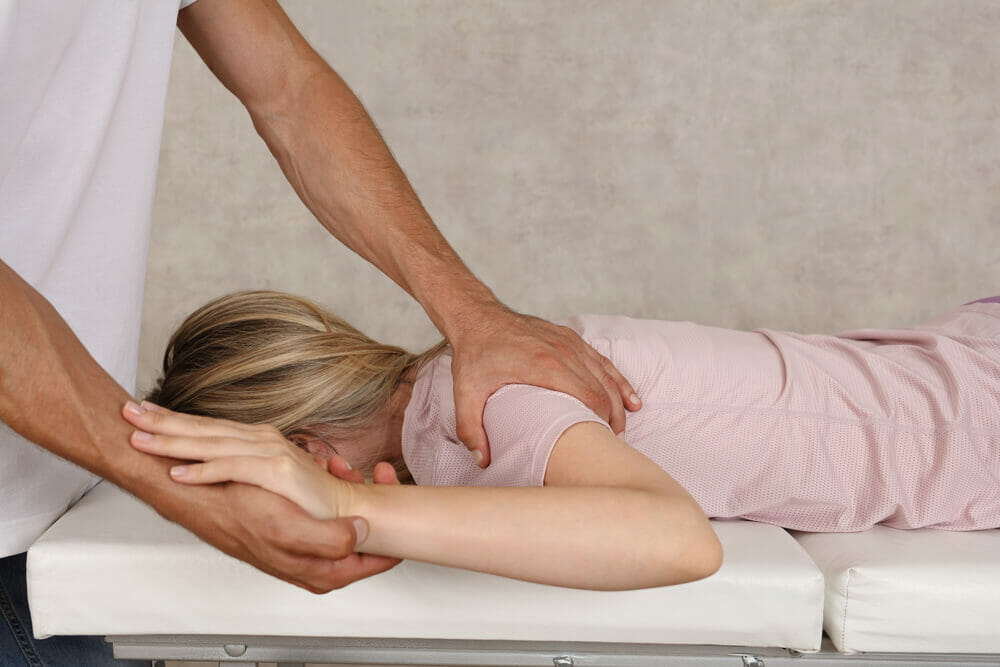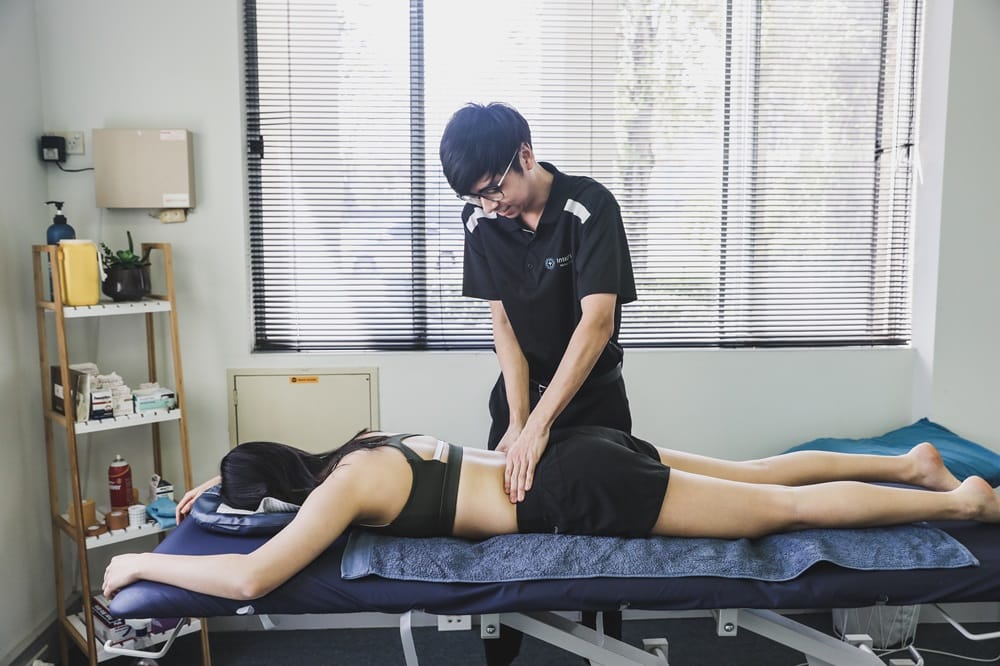
Ergonomics is an important consideration in any work environment. Whether you’re working long shifts in the outback, or from the comfort of your own home, the advantages of good ergonomics go far beyond maintaining a healthy posture.
Here are the advantages of good ergonomics, and how it can change your work-life balance.
What Is Ergonomics?

Good workplace ergonomics is matching your work environment with your capabilities and tasks. Basically, anything that makes your work easier, more efficient, and better for health and wellbeing is considered an ergonomic good practice.
At this point, you’re probably thinking of the basics – setting your chair at the right height, and ensuring you have the right tools on hand to complete the task in front of you. Those are indeed the basics – but ergonomics covers more than just that.
Different Types Of Ergonomics

Ergonomics is a broad term. There are actually three main types of ergonomics that come into play when you enter the workplace – all of which have important implications for your health:
- Physical Ergonomics is how we interact with the tools of our work – laptops, PCs, desks, chairs, all the way up to heavy machinery. Your physical interaction with the tools you work with daily is obviously very important as it determines how your body reacts and adjusts to the tasks at hand.
- Organisational ergonomics is the way we interact with our workstation surroundings and social environment. Instead of physical interactions, organisational ergonomics is about optimising communication and teamwork to create better quality output.
- Cognitive ergonomics is about improving skills and data retention capabilities to help employees better perform on the job. The design of a workspace and the ways in which data is communicated can be optimised to ensure employees are able to deliver better outcomes.
Advantages Of Good Ergonomics

There are many benefits of good ergonomics that can make work easier, more productive, and healthier. Here are 6 common advantages of good ergonomics to be aware of:
1. Improved Health
Using ergonomic equipment can drastically improve overall health and well-being. Research shows that jobs that involve heavy lifting, repetitive movements, and exposure to loud sounds and vibrations carry an increased risk of back pain, tendonitis, and fatigue. Ergonomic workplaces can also stimulate better overall health by reducing stress, tension, and inflammation.
2. Fewer Workplace Injuries
Ergonomic workstations can help you avoid workplace injuries. Ensuring access to the right tools and equipment to complete tasks in a safe environment is essential to improving your workplace ergonomics process.
3. Higher Productivity
Ergonomic solutions aren’t just good for health and well-being – they’re also good for productivity. By giving people access to the ergonomic equipment and skills to do their work in a more comfortable environment, they will be encouraged to do their best work and deliver better quality work.
4. Improved Posture
Ergonomic workstations are key in ensuring good posture. Sitting at a desk all day and leaning into a screen can have nasty effects on your spinal health. Modern innovations like sit-stand desks can reduce the risk of back pain and keep your spine aligned and healthy.
5. Improved Mental Health
Research shows that there is a strong link between workplace ergonomics and improved mental health. Long hours spent lifting and completing difficult tasks can contribute to higher levels of stress and fatigue which can also give rise to mood disorders, depression, and anxiety.
6. Better Communication
Ergonomic systems aren’t always physical. Working in a team can be hard – especially if the systems for communication aren’t in place. The right level of communication between team members can facilitate a more relaxed and productive environment where everyone is aware of their responsibilities and can operate with certainty and ease.
Side Effects Of Poor Ergonomics

Poor ergonomics can be dangerous. The wrong tools and equipment can lower the quality of work but also put your health and even your life at risk. Here are some of the side effects of poor ergonomics:
1. Musculoskeletal Disorders
One of the main ergonomic risk factors is poor posture, which can easily lead to long-term musculoskeletal disorders and chronic pain. If you work with heavy machinery or you find it hard to maintain good posture at work, you should consider implementing ergonomic solutions in your routine.
2. Eye Strain
For many office workers, sitting in front of the screen all day can have serious impacts on your eye health. Research shows that eye fatigue and vision problems can greatly reduce productivity at the workplace – especially for those who are sitting for 8 hours a day at the screen.
3. Headaches And Migraines
Working long hours with the wrong tools in dim lighting and perhaps with the wrong desk and chair can easily result in searing headaches and migraines. It’s good to catch these symptoms early before they develop into more long-term issues.
4. Pain
Pain is a common side effect of poor ergonomics that can negatively affect your performance on the job and private life at home. Back, neck, and other localised pain can crop up whenever we use poor techniques at work – like using the wrong tools or continuing to work in a hazardous work environment.
Get Your Work Back On Track – Visit Your Local Physio

If you’re experiencing any of the above conditions – it’s best to see a trusted physio in Perth. Leaving symptoms to worsen over time can reduce your performance at work and impact your physical and mental health. Get to the root of the problem – visit the team at Integrity Physio today




